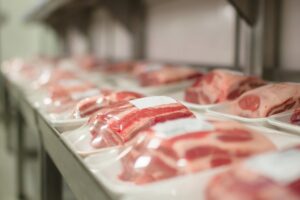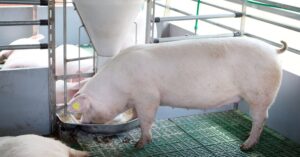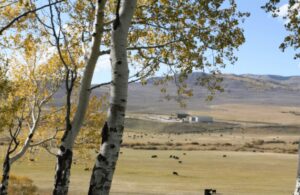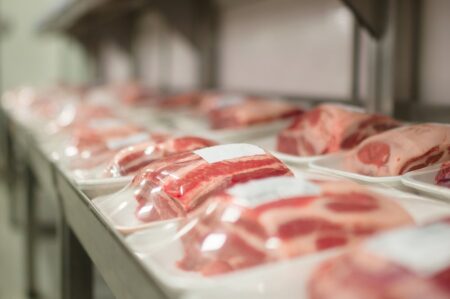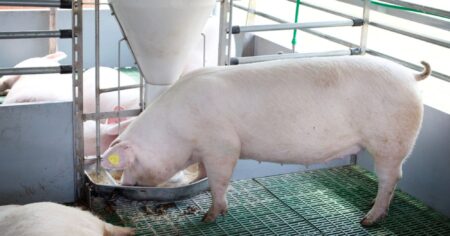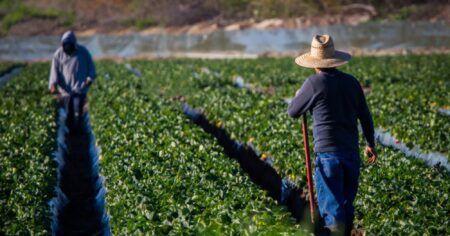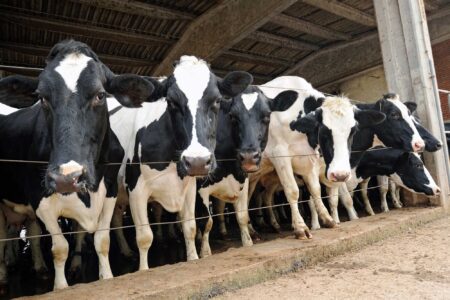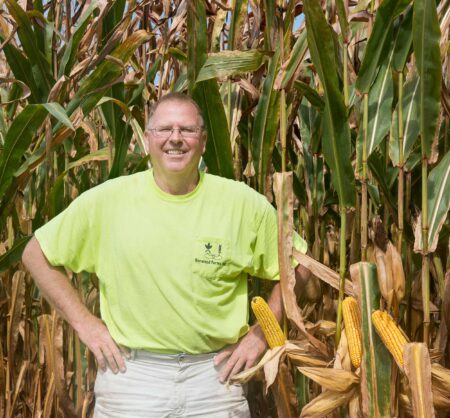The Beef Checkoff has been a lightning rod in the cattle industry, and the latest move to send more than $25 million of producer dollars to the National Cattlemen’s Beef Association has sparked another round of controversy. Critics say the program, originally designed to promote beef and educate consumers, is increasingly tied up in politics that don’t serve the independent producers footing the bill.
In a strongly worded release, rancher advocacy group Beef Life USA blasted the decision, calling it a “betrayal” of independent ranchers. The group argues that ranchers are compelled by law to pay into the Beef Checkoff ($1 per head sold), but have little say in how that money is used. (The $25 million to NCBA this year is in line with last year’s contribution.)
According to Beef Life, diverting millions to NCBA represents a conflict of interest because the association has historically aligned with the “Big Four” packers that control most of the beef market.
🚨 BEEF LIFE: “This isn’t just mismanagement; it is fraud against America’s ranchers.”
Every rancher pays $1/head by law to the Beef Checkoff —
Yet $25M just went to NCBA, the beef cartel lobby killing MCOOL while imports flood in.
DEFUND THE CHECKOFF!
🇺🇸 SAVE BEEF! pic.twitter.com/rQ1wKvpsMQ
— Beef Initiative 🇺🇸 BeefMaps.com (@beefinitiative) September 19, 2025
The release goes further, labeling the allocation as a “fraud against America’s ranchers” and urging reform, transparency, and accountability. “Producer dollars should promote beef, not fund politics,” Beef Life CEO Wendy Collier wrote.
These concerns aren’t limited to policy circles. Earlier in February, the Beef Checkoff made a post on social media that did as much to sound greedy and overbearing as it did to educate ranchers, which was perhaps the actual intent of the post. In it, the Checkoff reminded both buyers and sellers that when cattle are sold directly between producers, the Beef Checkoff assessment must be collected and remitted.
Even if the intention was to inform and ensure compliance, the reaction from producers was overwhelmingly critical.
Many ranchers expressed outright frustration, referring to the program as “theft,” “extortion,” and a “scam.” Several producers argued that they see little to no return on the dollars they are required to pay. Some noted that despite decades of funding, they haven’t seen meaningful advertising for beef in mainstream outlets, with one commenter sarcastically remarking that the program should consider “a full-page ad in Vogue” rather than radio spots on local stations.
Another common theme was anger at the enforcement mechanisms. Producers pointed out that if a private cattle sale is conducted without remitting Checkoff dollars, they could be back charged with interest or even taken to court. For many, this approach feels heavy-handed and adds to the perception of unfair treatment.
Calls for reform were repeated throughout the thread. Several commenters argued the Checkoff should be voluntary, or at the very least, apply only to cattle headed for processing rather than breeding stock. Others suggested the program needs a full audit to restore trust. In their eyes, mandatory payments without transparent returns only deepen resentment.
That resentment is amplified by structural concerns. Critics, such as those in an article by Beef News argue that NCBA effectively controls the Beef Promotion Operating Committee, the very board that allocates contracts, through its takeover of the Federation of State Beef Councils.
What the Checkoff was designed to do
The Beef Checkoff was created in 1985 under the Beef Promotion and Research Act. Every sale of cattle in the U.S. requires a $1 per head payment, with half staying at the state level and the other half going to the Cattlemen’s Beef Board for national programs.
According to U.S. Department of Agriculture oversight rules, these dollars can be spent on promotion, research, consumer information, industry information, and producer communications — but not lobbying.
In fiscal year 2024, the Beef Checkoff collected about $42 million at the national level, according to the CBB Financial Summary Report. Those funds were divided across contractors, including NCBA, the U.S. Meat Export Federation, and university research groups.
According to the 2024 Beef Checkoff Impact Report, program leaders argue that producer dollars are delivering measurable results. Independent economists estimate that every $1 invested in the checkoff returns $11.91 in value to cattle producers, largely through stronger consumer demand and export growth.
Nearly half of the national budget went toward promotion and consumer information. Research, foreign marketing, and industry information filled out the rest. NCBA’s share included not just advertising campaigns, but also science-based projects on beef safety, human nutrition, and sustainability.
NCBA remains one of the largest contractors, receiving millions annually to manage “Beef. It’s What’s For Dinner,” along with consumer research, nutrition outreach, and producer education. According to the annual report, the campaign generated more than 7 billion consumer impressions in 2024, while nutrition education initiatives reached thousands of dietitians and health professionals.
International promotion is another centerpiece, with checkoff-backed campaigns contributing to nearly $11 billion in U.S. beef exports last year. Research was also a major investment area, with over $8 million directed to beef safety, human nutrition, and sustainability projects, including lifecycle assessments highlighting beef’s role in regenerative agriculture.
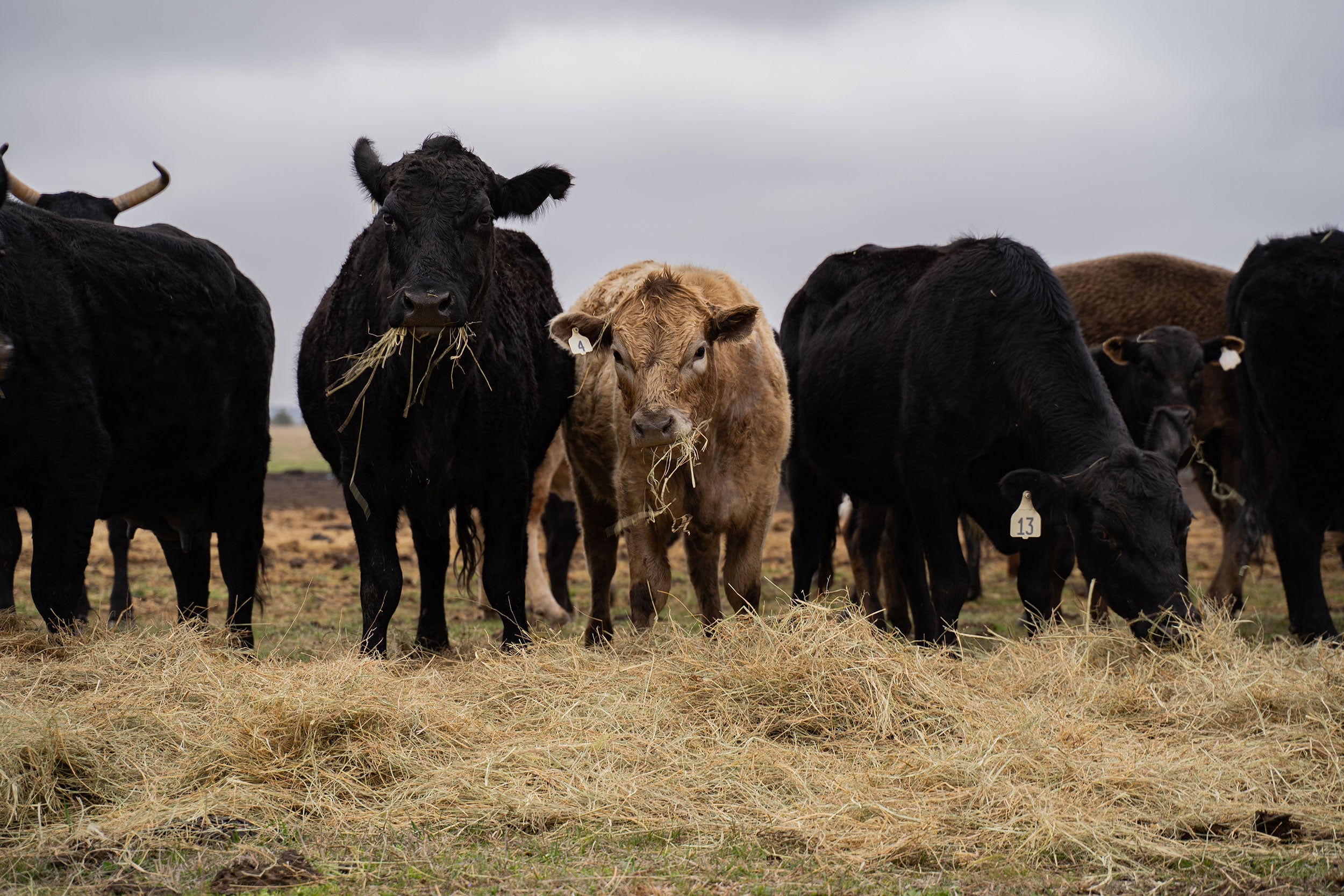
Checkoff leaders emphasize transparency and oversight, stressing that the USDA approves every contract and that, by law, “checkoff dollars are never used for lobbying.” They also highlight efforts to keep ranchers informed through producer communications such as newsletters, state meetings, and podcasts.
However, critics argue that while the USDA requires contractors to separate lobbying and checkoff work with strict accounting “firewalls,” the financial overlap leaves producers skeptical. Groups like R-CALF USA and the Organization for Competitive Markets have previously petitioned for a referendum to end the program altogether, citing similar concerns about NCBA’s influence.
The debate over the Beef Checkoff cuts to the heart of who controls the future of beef: grassroots producers or industry powerhouses. For now, the $1-per-head assessment remains mandatory, with USDA oversight affirming the program’s legality and return on investment. Independent studies claim the checkoff returns more than $11 for every dollar invested by boosting demand at home and abroad.
Yet, ranchers will likely continue to question the latest $25 million allocation and want a seat at the table. Whether through petitions, lawsuits, or reform efforts, the push for greater accountability shows no signs of slowing down.


